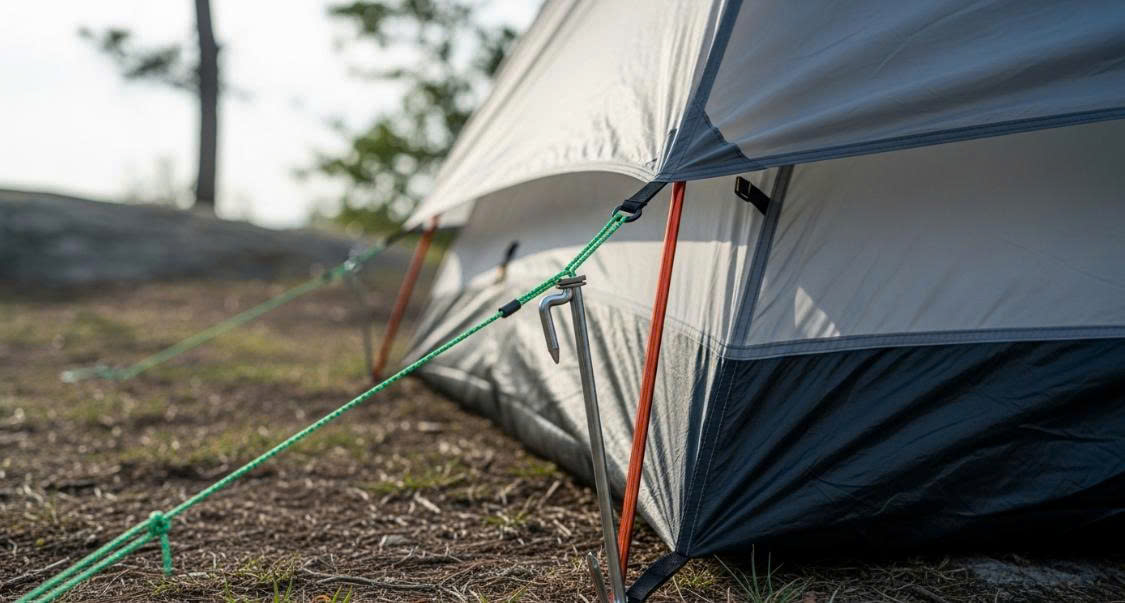The greens at Pinehurst No. 2, host of this year's U.S. Open, are renowned for their challenging nature. But what exactly is it about these undulating putting surfaces that makes them so menacing? According to Golf's team of expert course raters, it's a combination of subtle slopes and unforgiving runoffs.
Panelist Paul Rudovsky notes the dramatic fall-offs on all sides of the greens, particularly in the front portions. This steep terrain means even well-struck shots can roll significant distances if hit just inches away from the hole. Positioning shots into the middle of these sloped greens is critical.
The long par-4 16th and par-3 17th holes anchor a wonderful finishing stretch at Pinehurst No. 2, host of the 2024 U.S. Open.
David Cannon/Getty Images
Michael Robin echoed that the actual "usable" green space is much smaller than it appears from a distance. Steep ridges funnel balls quickly onto unpredictable lies beyond the putting surface. Strategic course management is key - players must work backwards from hole locations to plan their ideal approach angles.
Will Davenport says the effective size is further reduced by the pressure putters will face navigating firm slopes at pace. A misjudged putt can easily roll 30 feet beyond the hole.
What's more, these greens are not surrounded by thick rough like at most other Open venues. According to Pete Phipps, shots that fail to hold the surface will keep rolling through native areas with tight lies, leaving players multiple options to play their next stroke.
The undulating contours and open surrounding areas will give fans entertaining views of balls rolling freely across the entire landscape. Under pressure of a U.S. Open, navigating these slopes flawlessly will be a major challenge for all competitors at Pinehurst No. 2.
Read more: Golf expert's U.S. Open sleeper pick: Back Collin Morikawa for major success at Pinehurst
What techniques do pros use to navigate Pinehurst No. 2's greens?
Precise Approach Play
Pros focus on precise wedge play, carefully selecting clubs and executing their shots to land close to pins while avoiding slopes that may run balls off greens.
Green Reading
Professionals spend extra time studying undulating greens to understand subtle contours and breaks not visible to the naked eye. This helps determine optimal entry points and putt lines.
Skillful Recovery Play
The ability to get up-and-down from various lies near greens is critical given slopes that funnel balls into sandy areas. Pros have deft touch around the globe with various recovery techniques.
Laser-Tight Distance Control
Distances need to be precise at Pinehurst, as shots hit even slightly long or short can find slopes sending them hubbing or over the putting surface into hazards.
Strategic Course Management
Accounting for challenges posed by slopes along with runoffs requires strategic thinking on routes taken around the course to avoid danger. Pros carefully plot their approach.
Adaptive Putting Skills
Reading breaks on fast, sloped greens amid major pressure takes experience. Pros deploy a range of speeds, angles and awareness of grain direction in a holistic green-reading approach.
The combination of all these technical and mental skills allows the game's best to attack and conquer Pinehurst's iconic undulating greens come tournament time.
References: https://golf.com/travel/what-makes-greens-pinehurst-2-menacing/
Find more Golf Brands you would like:
|
|







.jpg)
.jpg)






